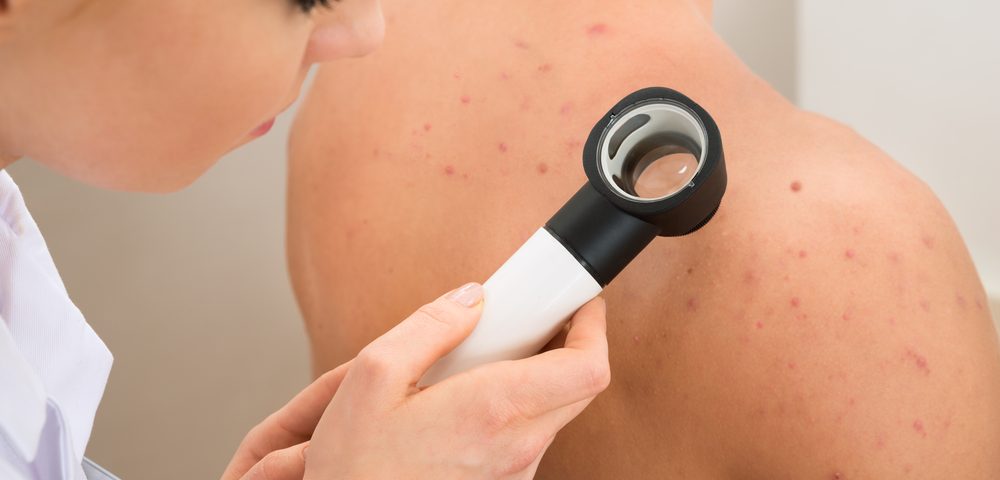A person’s risk factors for melanoma could be used to tailor surveillance programs and skin self-examinations for those at particular risk, according to a recent study published in JAMA Dermatology.
The study, “Clinical Features Associated With Individuals at Higher Risk of Melanoma: A Population-Based Study,” shows that certain risk factors — such as a history of previous melanoma, family history of melanoma, or many moles — influence a patient’s age at diagnosis and the cancer’s likely site.
In recent years, health authorities have focused on ways to improve public engagement in self-management, a powerful tool in the disease prevention and detection. Indeed, in an attempt to better understand how to prevent and treat disease, and get people more engaged in self-examinations, President Barack Obama announced the U.S. Precision Medicine Initiative in 2015. Similarly, the European Union’s HORIZON 2020 Work Programme (for 2016–17) called for personalized medicine research.
By examining clinical features associated with melanoma, researchers may have found a way to get people engaged in examining their skin and in tailoring detection programs to their needs.
The team at the University of Sydney sought to assess whether certain clinical features known to be melanoma risk factors were associated with distinct ages at diagnosis or different melanoma sites on the body.
The study included 2,727 patients with melanoma, 39 percent of whom were deemed to be at high risk because of family history, multiple primary melanomas, or excessive moles.
Results showed that the average age at diagnosis was lower for patients at high risk, compared to patients without risk factors (62 years vs. 65 years). But importantly, the risk factor itself was associated with different ages at diagnosis; the average age at diagnosis for those with family history of melanoma was 56 years, for those with many moles was 59 years, and for patients with history of previous melanomas was 69 years. These differences were consistent across all body sites.
In addition, each risk factor was associated with a particular melanoma site. Among higher-risk patients, those with many moles were more likely to have melanoma on the trunk (41% vs. 29%), those with history of melanomas were more likely to have melanoma on the head and neck (21% vs. 15%), and those with family history of melanoma were more likely to have melanoma on the limbs (57% vs. 42%).
Although the study suggests that knowing certain risk factors for melanoma may improve prevention and detection programs, the authors acknowledge their study has some limitations. In particular, risk factors were assessed based on physician recall and patient medical records, and the study did not assess the reliability of the risk factor data — whether risk factors indeed increased the likelihood of having melanoma.


